IN one of Spain’s darkest chapters, thousands of civilians were massacred whilst fleeing from Malaga to Almeria in what has been dubbed ‘southern Spain’s Guernica’.
Men, women and children, from babes in arms to elderly grandparents, were subjected to machine gun fire and bombing from the air and shelling from the sea as they tried to escape to safety 85 years ago this month.
They were making a desperate attempt to evade the clutches of the Nationalist forces of Franco that were bearing down on the hopelessly outnumbered Republican army units that defended Malaga.
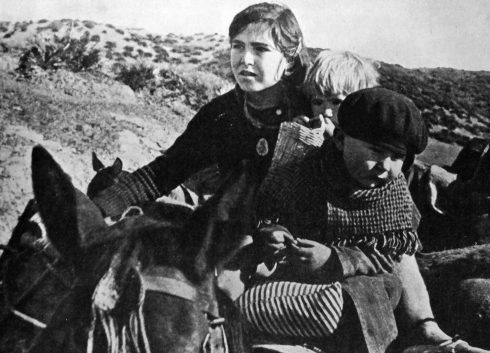
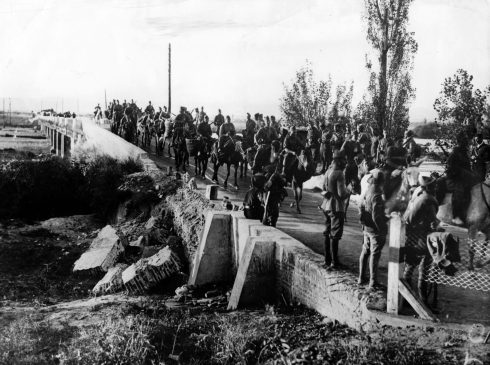
Francoist troops – bolstered by Italian and German air support – had crushed the government forces that had made a last ditch defence of Ronda and were sweeping along the coast, with orders to take Marbella and then Malaga, as well as inland towards Granada.
Just 12,000 troops stood in their way and, with little hope of holding out, the decision was made to evacuate Malaga.
Hemmed in by mountains, there was only one viable escape route – the N340 coast road that hugged the shore for 201 km to Almeria.
So on February 7, 1937, the citizens of Malaga set off, carrying what they could as they abandoned their homes to the mercy of the Nationalists in an event that has become known as La Desbanda, (the disbanding).
But the Nationalists, under General Queipo de Llano showed little mercy to the city, which was severely bombed, and even less to the refugees as they struggled on their long trek to what they hoped would be a safe haven.
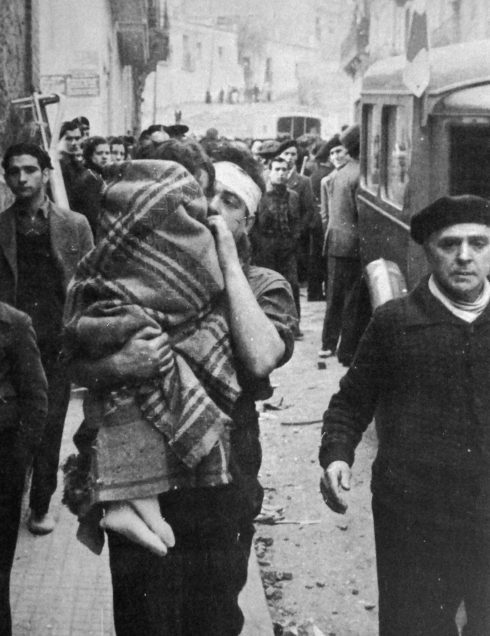
The general himself made a radio broadcast on February 9 – two days after the refugees had set off and a day after Malaga had fallen. His words – that showed not an ounce of compassion for the old and the young – are chilling. He crowed: “A report from our air force told me that large masses of people were fleeing at full speed towards Motril. To accompany them in their flight and make them run faster, we sent our air force to bomb them, setting fire to some trucks…”
The air force did more than set fire to a few lorries.
The columns of refugees were gunned down from air, land and sea in a massacre that left around 5,000 corpses lining the highway.
No one is quite sure how many people were making the tragic journey. The generally accepted figure is 150,000, but more recent estimates are as high as 300,000, with the numbers of Malagueños bolstered by around 80,000 refugees from elsewhere in Andalucia.
They had fled with good reason. Many of those who chose to stay were killed, raped and buried in many of the mass graves which have come to define Franco’s rule.
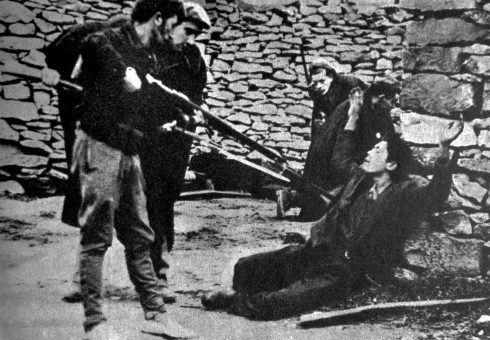
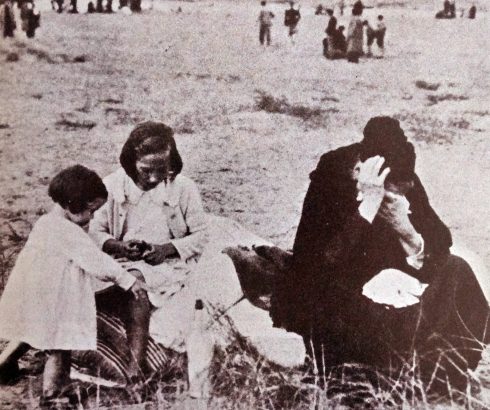
And those who survived to reach Almeria found no haven.
The city closed its gates to the refugees out of fear that Malaga’s fate could be visited on Almeria if it came to their aid.
Some managed to get onto trains that took them to Alicante and Valencia, but many had to turn around and make the long walk back home to Malaga and face the forces they had made such a desperate effort to escape from.
To mark the tragedy of La Desbanda a commemorative milestone has been placed next to the Barranco de Maro bridge on the route of the old road to Almeria.
Each year modern day Malagueños march along a section of the route – officially designated a Place of Historical Memory of Andalucia – from this spot to pay homage to the thousands of their forebears who died in February 1937, fleeing the violence of the Civil War.
The marker post, set up by the Sociocultural Association and Hiking Club La Desbanda, Nerja City Council, the Department of Education and Culture, is intended to honour these civil war refugees.
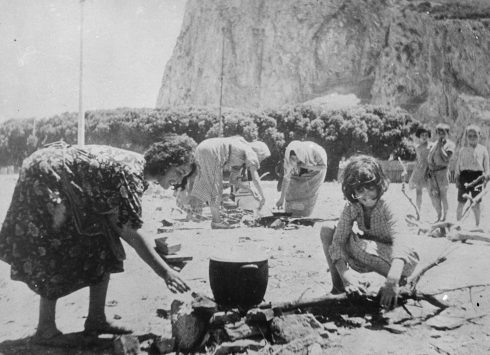
READ MORE:
- Oliver Law: The forgotten story of how a Black American soldier became the first to lead an integrated battalion…
- Dozens of Spanish Civil War victims found in mass graves in northern Spain
- Spain to begin project to exhume civil war victims at Valley of the Fallen

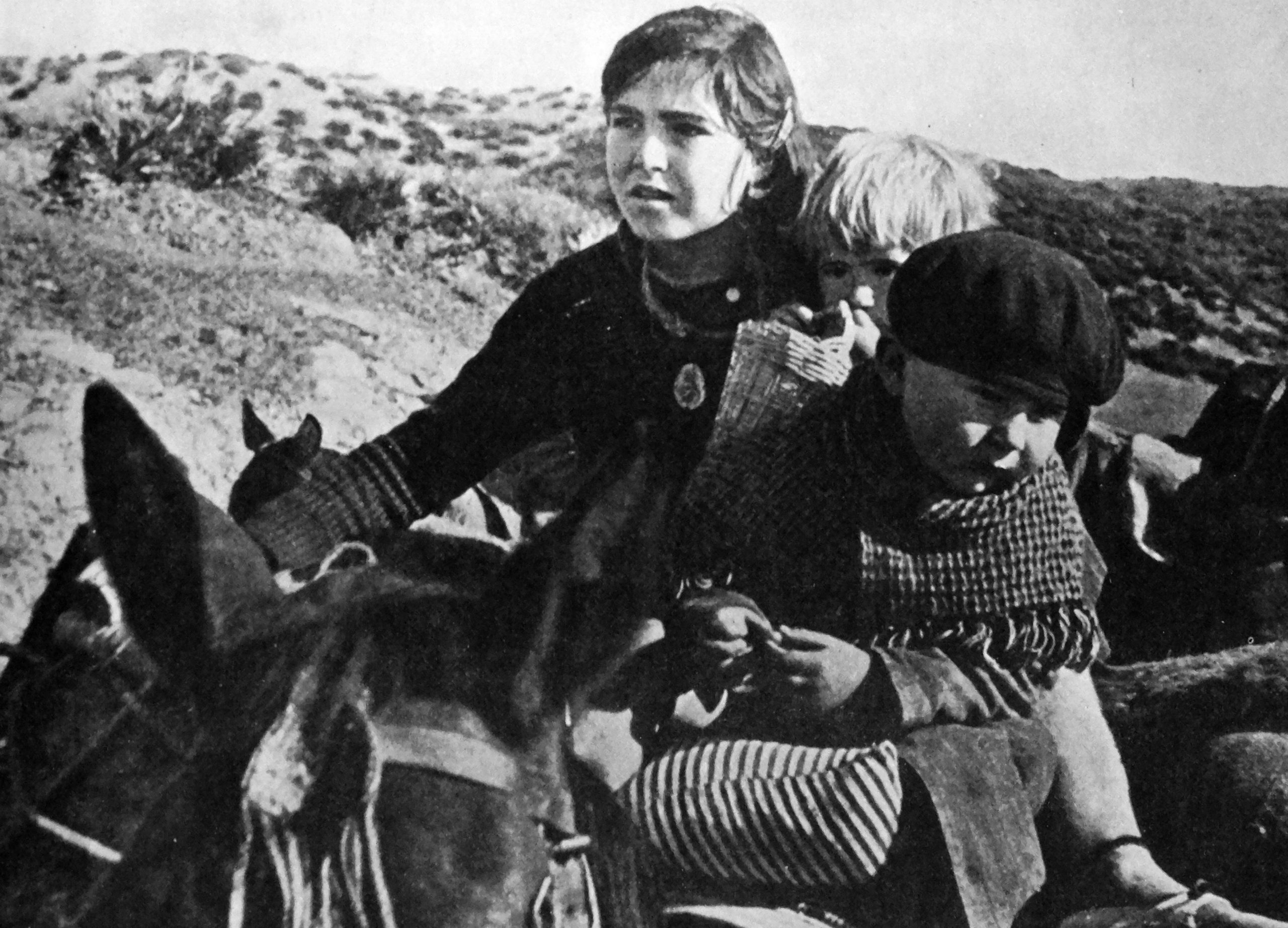



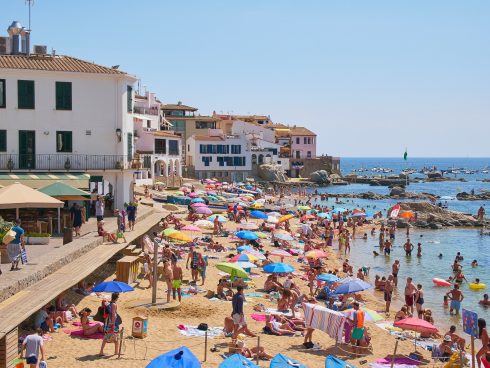
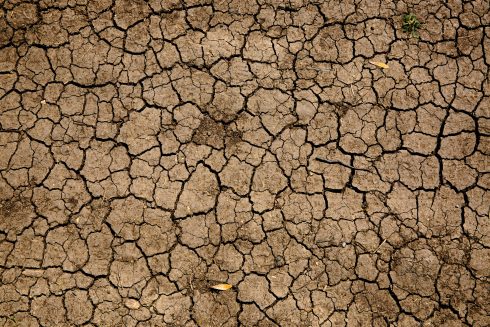



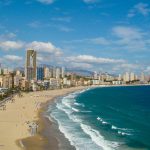
Certainly a tragedy when any innocents are killed during war. Even more so, when its a Civil War pitting brother against brother. Two questions please as the local Spanish here are hesitant to speak about the Civil War, for obvious reasons; 1) was Malaga in general, a city supporting the so-called Republicans who were backed by communist Russia? 2) to provide fair coverage of the war, can Olive Press also provide some stories about the many massacres that were conducted by the anti-Christian communist Republicans as well. Including hundreds of Church burnings, thousands of priests and nuns murdered, civilians, etc. Thank you